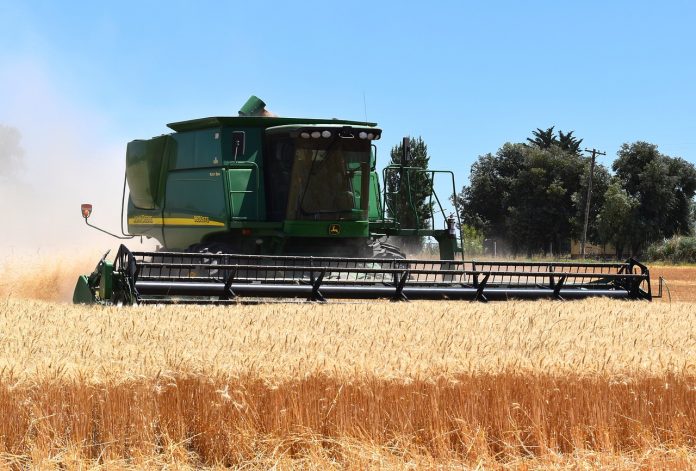Production problems with the Russian wheat crop are continuing the current rally. Chicago wheat futures continue to lead the rallies in grain prices on the futures markets, currently. We are trading at the 10-month high, after watching prices decline for months until recently.
The change came in the middle of April, just when we started talking about how low prices could go. Chicago July wheat futures traded at $5.50 April 18, and the only good thing about that trade was that it was still higher than the $5.37 3/4 we traded in early March.
Since April 18, we have seen a rally of $1.70 to that 10-month high. The rally has represented a second chance for cleaning up old crop wheat, which many farmers had hesitated to sell and had lived to regret.
It is also a good opportunity to sell the new crop, since the production problems that are causing the rally will likely elevate the prices early and prove to be an overreaction.
Global production problems are the reason for wheat prices to rise. Leading the list of problems is the drought that has plagued Russian wheat regions, followed by recent frost damage. It remains to be seen just what the frost damage is, and the normal market reaction is to rally on fear and moderate prices when actual news develops.
The Russian production problems have a disproportionate effect on wheat prices, since Russia is the world’s largest exporter of wheat and flour.
Corn
Corn futures have not had the meteoric rise of wheat, but have gained 20 cents in seven trading sessions. Currently, on the overnight going into May 28, we were trading at $4.71 versus the $4.51 of May 17.
If you look back to the end of February, we had a low of $4.22 1/4. That was when we started speculating that we could get below $3. Corn prices have been helped by a rain pattern that has left southern Brazil too wet and is hurting the safrina (second) crop of corn there.
Soybeans
The soybeans have also made big gains in the last three months. The big change came between the harvest high of $14.21 in the middle of November until the low of $11.40 1/2 at the end of February. That was an ugly drop, but we have got back into the high 12’s again.
We had a high of $12.56 1/2 May 7 and then a low of $12.03 1/2 May 14. Now we have traded back to $12.58 1/4 last Thursday, May 23.
I would feel better about the gains in corn and soybeans if I didn’t know that, since the rallies, the managed money traders have started to short the market again after buying back grain for awhile. They have, in the last reporting period, shorted corn almost 50,000 contracts for a net short of 121,162 contracts. They have shorted soybeans another 16,239 contracts for a net now of 26,426 contract short.
These actions take some of the bullish heat out of the market, and they also indicate what some big players think about the market. They are happy to take profits out of the rally and to anticipate lower prices.
The same is not true for the Chicago wheat market. There the funds have cut their shorts by 3,158 contracts for a net short now of 21,593 contracts.
Exports
In export news, we only have a couple of weeks left in the wheat marketing year. It is hard to think of harvest already, but the wheat harvest normally starts in Dalhart, Texas, the first week of May.
We have sales contracts and shipments for 97% of the estimated wheat exports, according to the U.S. Department of Agriculture. The corn and soybeans have until the end of August for the marketing year to end, but they also are making progress toward USDA export projections. The corn exports are at 90% of the estimate, but that is 7% off the normal pace. We have shipped or sold over 49 MMT of corn.
Soybeans for export now total 93% of the estimate for the marketing year. That is 6% off the average pace of export.
It is hard to compare year to year to find a normal price pattern for the grain crops, but it is normally true that we find a high in May or June.
Frequently, the corn high is the last few days of June, confirmed the first week of July. That is true when the price pattern is based on our production and on our planting date and weather. This year, we actually have a lot of price negatives, and the rallies we are seeing are based more on foreign production events.
I can make a case that we are seeing highs for corn and soybeans right now. We are working through the unknowns of production problems in Russia, Brazil and Argentina. The market goes up on fear and down on knowledge. We are not far from knowledge when it comes to those sketchy crops.













